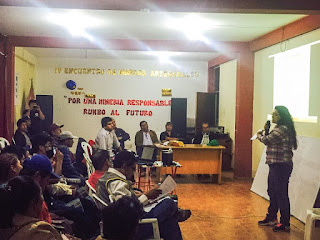Artisanal Small-Scale Gold Mining and Canada’s Post 2015 Development Priorities by Dr. Kevin Telmer
Canada and Artisanal Mining Artisanal Small Scale Gold Mining (ASGM), recognized as a huge development opportunity in 70+ countries by the world's international institutions, is playing a vital role in eradicating poverty for the world’s poorest and most vulnerable. It is a remarkable sector that deeply touches Canada’s history and development. Artisanal mining played a significant role in creating wealth and economic diversity in early Canadian history (~1850 - 1930), and the evolution of that sector into Canada’s modern natural resources industry tells a good part of the story of the evolution of Canadian governance systems.



